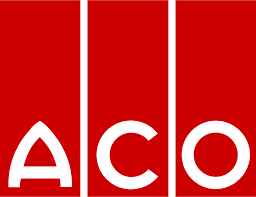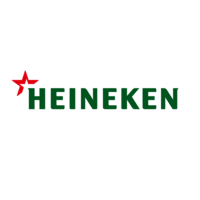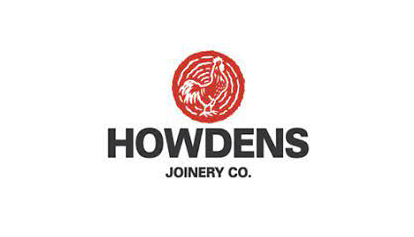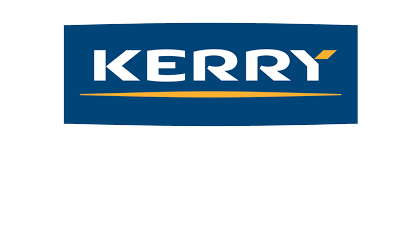
- Details
- Category: Resources
The secret to achieving the TPM goal of never ending improvement in OEE is to look beyond the specific Asset or Task where a problem occurred to work on the processes that should have/could have prevented the problem occurring in the first place.
For example over 50% of recurring problems occur because work routines are either poorly defined, not well trained in or poorly applied. Responsibilities for actions to prevent that from happening are typically not well defined and in any case when the problem occurs, typically it is the asset or task which gets the attention. Once that is fixed the gaps in accountabilities for underpinning systems that contributed to the problem are left as they were.
The reasons why this happens are partly down to pressure on output but mostly a lack of understanding of where to invest time in gain a higher level of performance. This is particularly true where organisations have achieved a reasonable level of stability.
Loss Tree Analysis is designed to support the targeting of weak processes and provide a way of tracking progress towards industry leading levels of performance. It does this by identifying the cause/effect links between outcomes and processes such as levels of unplanned downtime and training.
The analysis can then be used to identify what processes to improve and what to track to confirm the gains from that investment.
Loss Tree analysis supports the fine tuning of improvement actions to build on existing good practices and accelerate the gains from doing so.
This is particularly powerful where companies have invested in digitisation of systems and want to use the improved quality of data capture to ratchet up performance.
Loss Tree Models
The outcome of using TPM Loss Tree Analysis is the creation of a Systems Model to guide improvements to underpinning processes and skill developments that deliver demonstratable bottom line gains.
In the table below, the left hand column shows the headings used by TPM Loss Tree Analysis to assess the impact of underpinning processes on unplanned downtime.
The middle and right hand columns show benchmarks on a 1 to 5 scale (where 1 is poor and 5 is excellence) from the TPM Roadmap, developed to systematically remove the weaknesses that contribute to unplanned downtime.
This iillustrates the multiple factors that TPM stepwise approach simultaneously acts on to deliver Zero Breakdowns and beyond.
| Underpinning Process |
1. Weak Control |
5. Industry Best Practice |
|
||
|
Poor use of resources, frequent replan issues. |
Synchronised, self correcting workflow. |
|
Variation in methods across shifts and work groups. |
Systemised routine tasks that are easy to do right, difficult to do wrong and simple to learn. |
|
Complex, difficult to do tasks |
Ergonomic tasks with minimum movement |
|
||
|
Build up and scattering of dust and dirt |
Control of contamination at source, clean room environment. |
|
Informal work routines. |
Clear use of standards and visual indicators |
|
|
|
|
1 Unplanned stops |
Informal set up and inspection criteria |
Normal condition patterns defined and contingency plans in place and working. |
|
2 Minor stops |
Frequent operator intervention |
Unplanned interventions rare, systematic reduction of planned intervention |
|
3 Defect reduction |
High probability of defects |
Systematic progress towards no touch production |
Table 1: Benchmarks For Unplanned Downtime Drivers
Loss Tree Models can also be applied to cultural processes such as Leadership to guide the development of Leadership capabilities and track the gains from doing so.. (see Table 2)
| Process |
1. Weak Control |
2. Industry Best Practice |
|
Leader Standard Work |
|
|
Table 2: Benchmarks for Cultural Change
What is it worth
The measurable impact on costs of progressing from weak to industry best practice varies from company to company but typically result in a 10%-15% improvement in Overall Equipment Effectiveness/Capacity and a reduction in maintenance material costs of a similar amount.
To find out more contact us here.








